Discovering Galapagos Cacti & Their Resilient Beauty
Opuntia Cactus, also known as the Galapagos Tuna is one of the most iconic species in Galapagos. The Galapagos Tuna is also called this cactus. The flat, green cladodes and the juicy fruits of this fish are adaptations that help it survive in the arid climates on the different islands. Galapagos endemic species, which vary from island-to-island, are vital to the ecosystem. They provide food and shelter to various bird species, land iguanas and giant tortoises.
Galapagos is home to a number of endemic species, including the lava cacti. These small plants, with their clumps and cylindrical stems, are found on the youngest islands of the archipelago. They have developed adaptations that allow them to thrive and survive in volcanic landscapes. Lava cacti were one of the first plants to colonize recent lava flows, opening the door for other plant species.
The Galapagos Cactus is also an endemic species that stands out in the Enchanted Islands. The cactus’ distinctive candelabra shape helps it survive in rocky and arid environments because its stems store water. It is an important resource for many bird species such as Darwin’s Finches and Galapagos Doves, who find shelter and food within it.
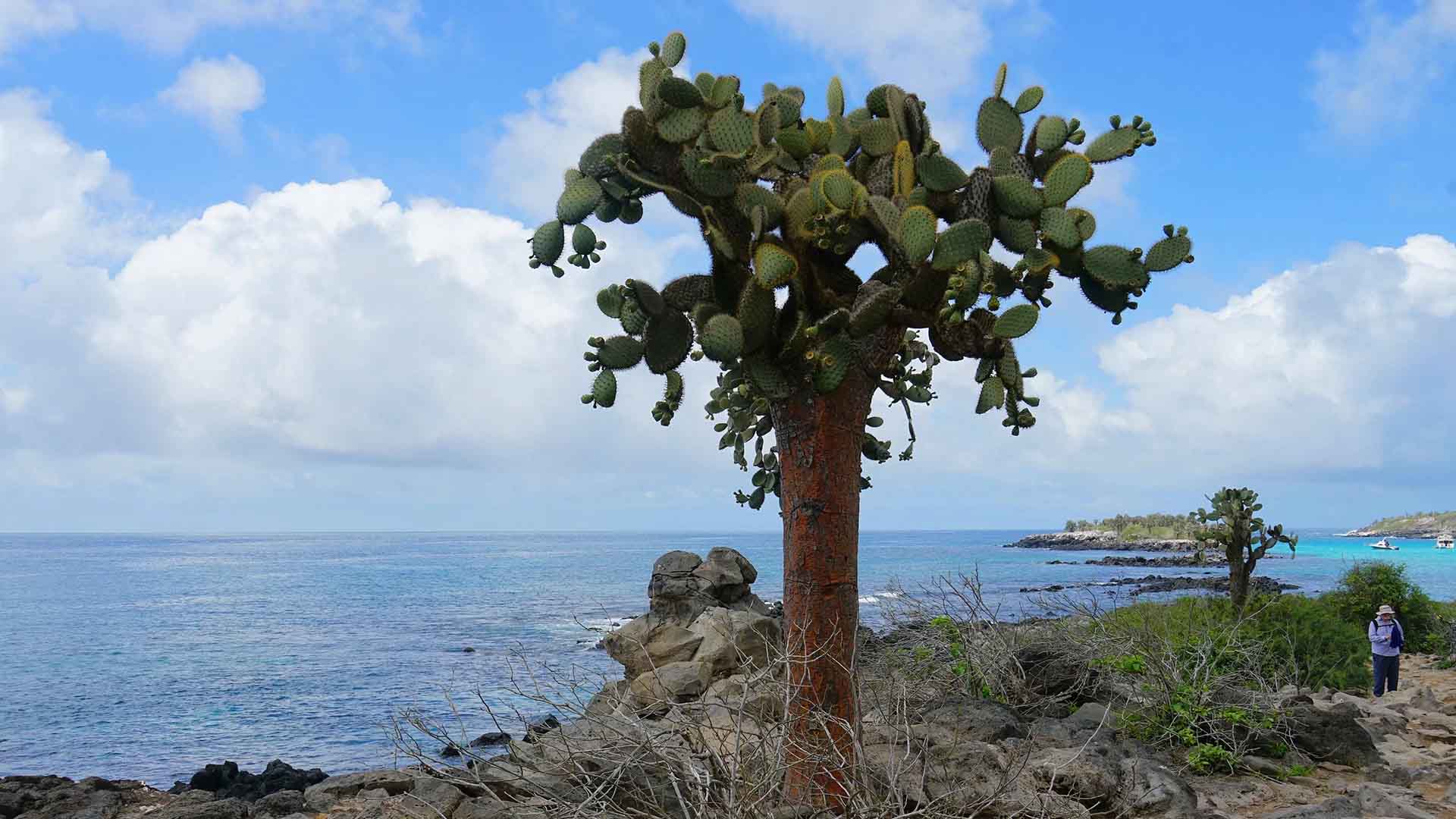
The Opuntia Cactus is found across various islands of the Galápagos and has evolved unique adaptations to thrive within its ecosystem. ©Lawrence Conaway
We are fascinated by the adaptability of Galapagos Cacti and their exquisite beauty. The presence of these cacti on the different islands reminds us of the need to protect the Galapagos biodiversity. All of these succulents are able to survive extreme conditions. They teach us valuable lessons about resilience and interconnectedness of life. We must protect this natural heritage and ensure that these species flourish in their habitats to the benefit of future generations.
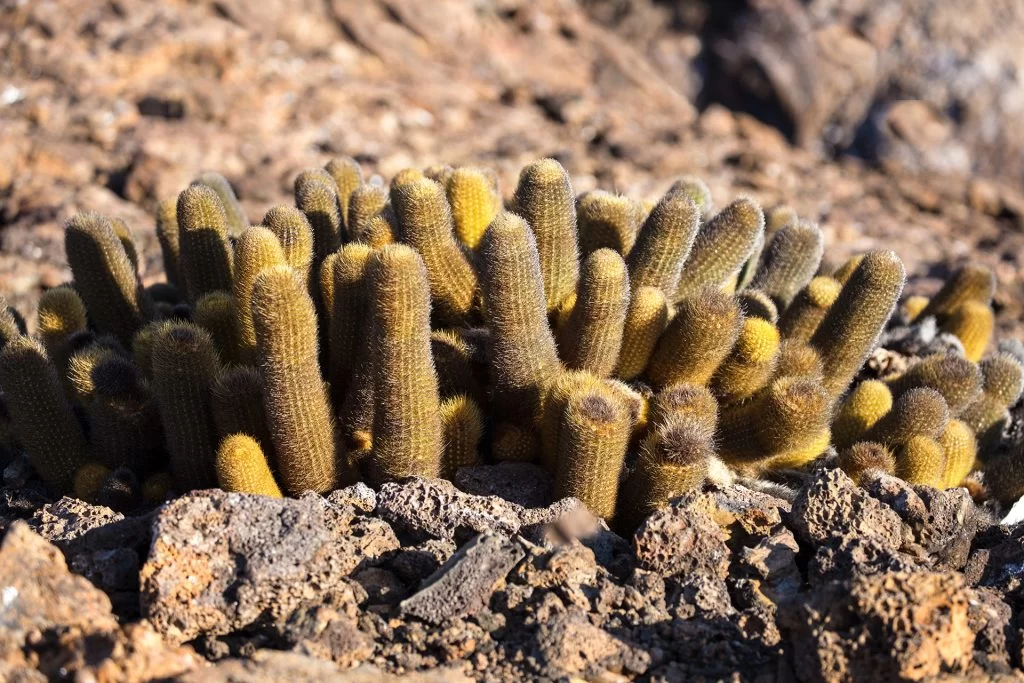
The Lava Cactus (Brachycereus nesioticus) is the only species in this genus, which is restricted to the Galápagos and It is one of the first species to colonize fresh lava flows. ©Sandra Hotrum
Maria Daza is a conservation educator who understands the Galapagos Islands as a living laboratory. She encourages the next generation to become environmentalists. Daza, who works at the Galapagos National Park Directorate, has spent decades promoting holistic development in children and environmental awareness. Daza was able to share with Santa Cruz Island Schools her passion for conservation thanks to the Galapagos Conservancy.
Daza’s environmental project included regular school visits where principals and teachers were educated on various environmental issues. These visits benefited 3,767 individuals, including teachers, students and staff. They learned about the negative effects of single-use bags, the benefits of biodegradable and compostable bags, and alternatives to plastic.
Daza also organized puppet shows, and distributed biodegradable and compostable bags to all participants. The bags will reduce plastic waste in the community by a significant amount. They naturally decompose into organic fertilizer after 180 days. Daza stresses the importance of eco-friendly bags, which are the best alternatives to single-use disposable plastics. They can be used to transport goods, package food and collect organic waste. This promotes sustainable practices while reducing environmental impact.
This initiative has been a success, as evidenced by the positive response from the local population and the impact it has had on the environment. Daza argues that education is not limited to the classroom and that it’s important to encourage students to embrace and learn about environmentally friendly alternatives. It is essential to learn how to reduce, re-use, and sort waste in order to build a sustainable future on the Galapagos Islands.
Daza’s unwavering commitment to environmental education and conservation has been inspiring. Galapagos Conservancy is proud to support initiatives that make a real difference in protecting this unique ecosystem. Together with locals such as Daza, we’re building a better future for the Galapagos Islands where education and conservation go hand-in-hand to preserve this incredible treasure.

Students learning about the Galápagos species © GNPD
Washington Tapia stated that maintenance and addition works at the nursery were of great importance. The seedlings are grown in the greenhouse, then replanted later as part of restoration project, such as Los Gemelos’ unique Scalesia Forest. The new plantings restore ecosystem dynamics and provide shelter, food and other resources for threatened species such as finches and vermilion flycatchers.
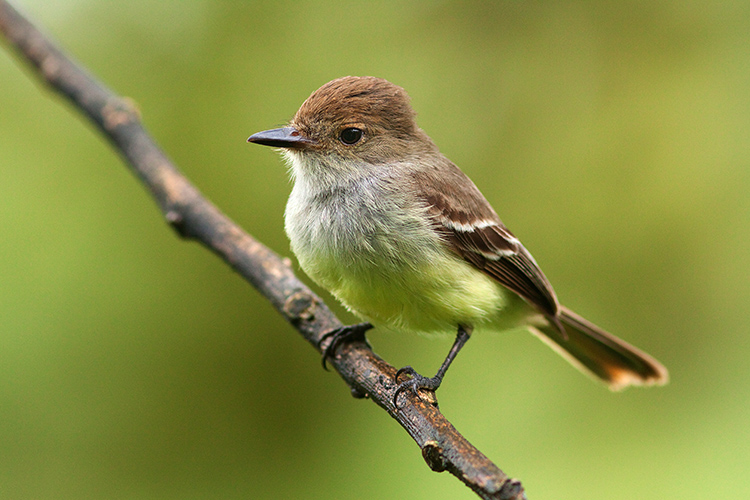
Phto: Michael Dvorak, CDF.
A joint initiative by Celebrity Cruises Galapagos Conservancy and the GNPD, which began in 2014, will enable the expansion of restoration projects for and other unique species on the Archipelago. Celebrity Flora guests are currently participating in weekly tree-plantings in Los Gemelos.
Celebrity Xpedition & Xploration guests will be able soon to participate in conservation efforts, helping to preserve the Galapagos Islands as a top eco-tourist destination. This activity will increase their positive impact and legacy on the area.
Fausto Arcos is the General Manager for Celebrity Cruises Ecuador. He highlighted the company’s commitment to conservation, and to the local community. Arcos also stressed the importance of giving guests and collaborators the opportunity to be involved in these important efforts, which foster direct contact with the nature in this pristine part of the world.
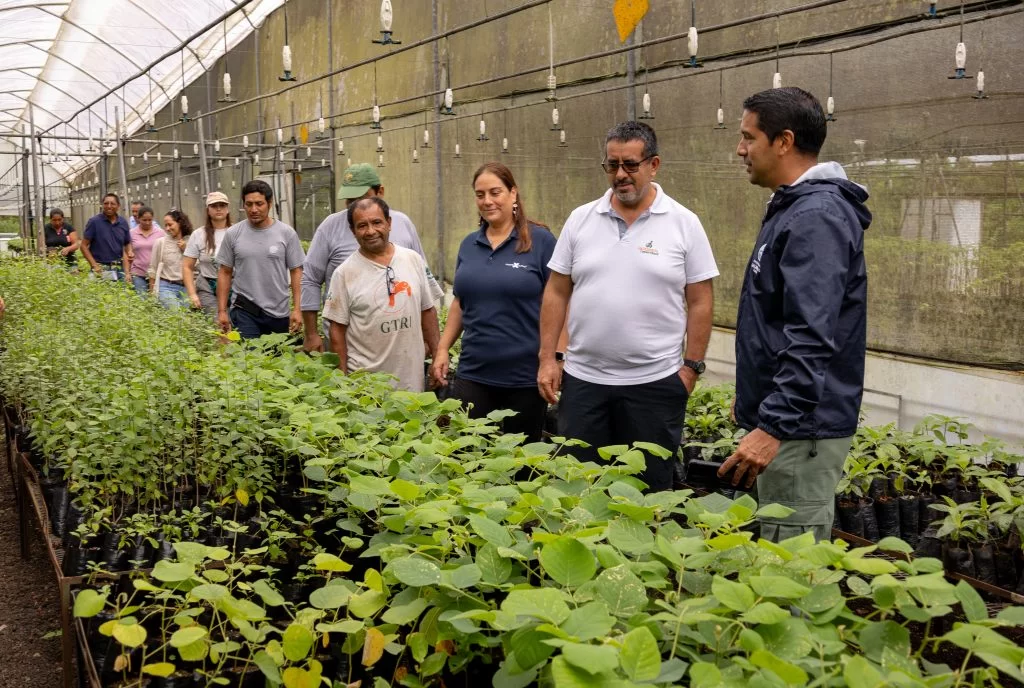
Galápagos National Park Plant Nursery © Galápagos Conservancy
Danny Rueda stated that planned maintenance work at the nursery will facilitate improved plant propagation techniques by park rangers. These actions will help to ensure that restoration efforts are successful and allow park rangers do their jobs more efficiently.
Santa Cruz Nursery produces between 20,000 and 25,000 seedlings per year. These include Scalesias, Darwin’s Giant Daisys, Galapagos Crotons, Coffee Sennas, Darwin’s Giant Daisys, etc. Jibson Valle is a GNPD Park Ranger. He said: “I have loved plants ever since I was a child, and I am proud to work in this nursery to conserve Galapagos’ key species .”
Santa Cruz’s forest nursery plays a vital role in conservation and restoration efforts in Galapagos. Its upgrade will enhance this contribution. Galapagos Celebrity Cruises Fund’s support for conservation efforts like these exemplifies the way tourism can be sustainable and educational for visitors.
Galapagos Conservancy is looking forward to its continued partnership and involvement with Celebrity Cruises, including the guests and employees of Celebrity Cruises in our conservation and local community initiatives. Construkgal, an indigenous company, was represented by Alfonso Criollo in signing the contract to maintain the nursery.
Diego Bermeo is a gifted photographer who lives permanently in the Islands. He understands how important it is to capture and share the unique beauty of the Archipelago. Bermeo’s photography is not just a hobby, it’s also a way to promote conservation and environmental awareness.
Bermeo, with the help of Galapagos Conservancy last year, launched an innovative project that combined his passions for photography and environmental preservation. Bermeo’s goal was to promote sustainable tourism and raise awareness of the importance of protecting biodiversity on the Islands.
Bermeo’s goal was to find the most accessible and popular recreational sites in Santa Cruz Island where locals and tourists alike could enjoy the natural beauty. With his camera in hand, Bermeo explored the sites and captured beautiful images of each unique location’s flora or fauna.
Bermeo has created three e-books from these images entitled “Galapagos : La huella está contigo”. The e-books highlight the beauty and diversity in the Islands’ ecologies, while also highlighting the importance of protecting and preserving them for future generations.
These e-books can be downloaded for free from Bermeo’s site. They have proved to be an invaluable resource for Santa Cruz visitors, teachers and students. Bermeo’s project has inspired people to get more involved with protecting Galapagos.
Bermeo sees photography as a way to achieve a goal, an instrument for creating positive change. His work is a powerful reminder that we all have a part to play in protecting the natural treasures of our planet. We can protect the Galapagos Islands for future generations with the support of Galapagos Conservancy, and the passion of individuals such as Bermeo.
The United Nations Educational, Scientific and Cultural Organization declared the 17th of May 2005 as International Recycling Day. This day is meant to educate the public about environmental conservation, as well as about the importance of REUSING and RECYCLING.
Galapagos Conservancy has been at the forefront in promoting sustainable practices. This article explores actionable steps that anyone can take to have a positive effect on the environment. We can all help to create a sustainable future, whether it’s by reducing waste or reusing and recycling materials.
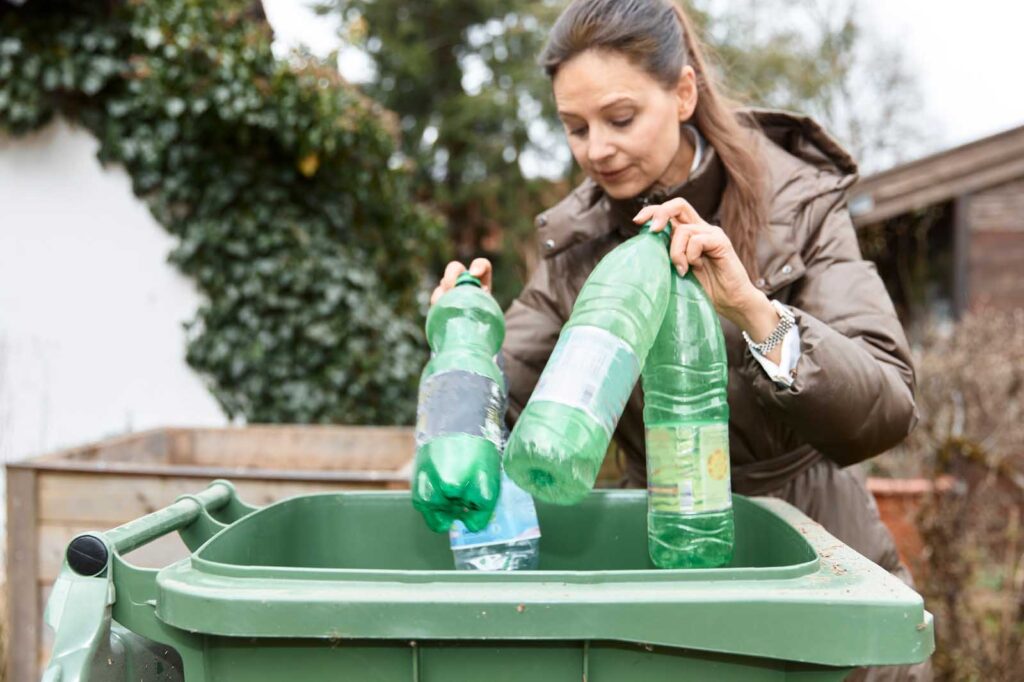
1. Reducing Waste: A Key Step Toward Conservation
Reduce waste. This is the most important and effective step of the three Rs. We can reduce our environmental impact by practicing conscious consumption and choosing eco-friendly options. Avoiding single-use plastics and choosing products with minimal packaging are some examples of everyday living. Planning meals and shopping locally can also help reduce food waste.
2. Reusing Items to Extend Their Lifespan
Reusing materials and products not only reduces waste, but conserves precious resources. Galapagos Conservancy encourages innovative methods to give products a second chance, such as reusing packaging or turning plastic into artwork.
3. Recycling: Turning Waste into Resources
Recycling can be a game changer when it comes sustainable resource management. Recycling has many benefits, such as energy conservation, a reduction in greenhouse gas emissions and the preservation of natural habitats. Recycling plastics, paper, glass and other recyclable materials helps to conserve resources and prevent ocean and beach contamination.
4. Galapagos Conservancy Recycling Initiatives: Together we can make a difference
Galapagos Conservancy actively promotes recycling initiatives throughout the Archipelago. Explore the community-led initiatives, educational campaigns and recycling facilities that are driving positive change across the region. We can create a sustainable Galapagos by working with local businesses, communities and organizations to foster a recycling-culture.
5. How you can contribute to the empowerment of individuals
You can be a recycling champion. Everyone can help create a more sustainable Galapagos by implementing home recycling systems, supporting local recycling programs, and advocating for sustainability. Encourage your family, co-workers, and friends to recycle and adopt eco-friendly practices that will inspire others.
We can protect the Galapagos Islands, as well as other natural wonders, for future generations by reducing waste and recycling. Make recycling a part of your daily life to help make the Galapagos Islands and Earth greener. Together, we can have a positive, lasting impact on the world.
Conservando Galapagos (the sister organization of Galapagos Conservancy) signed a cooperation agreement with Universidad Tecnica Particular de Loja, a private Ecuadorian university, in April. The agreement is designed to enhance education, research, social engagement, and collaboration in Galapagos by implementing joint projects, such as research and innovation, continuing educational courses, exchanges and mobility, technology transfers, internships and other future collaborative efforts.
Conservando Galapagos, the local branch of Galapagos Conservancy is committed to promoting and implementing activities for the sustainability and conservation of the Islands. UTPL, a leading university for innovation and sustainability aims to create an active and innovative educational model that translates directly into tangible results and a strong connection with the environment. This union is a significant step towards the sustainability of Archipelago.
The alliance between UTPL and Galapagos Conservancy will lead to a significant regional growth in research and education. Galapagos Conservancy, Conservando Galapagos and Conservando Galapagos have committed to enhancing education and professional development in the province. This will empower the locals who are the guardians of the terrestrial ecosystems and marine ecosystems that they depend on. The ability of the Islands to provide services and maintain their ecological integrity is dependent on research.
This agreement is a rare opportunity for Conservando Galapagos to work with UTPL on innovative solutions to environmental problems in Galapagos. The collaboration between Conservando Galapagos, the university and the foundation paves way for groundbreaking research. For example, the recent fungi studies that were funded by Conservando and conducted by UTPL. The two institutions will be able to leverage their complementary knowledge and resources, which will benefit Galapaguenos as well as the rest of the world, by joining forces.
Conservando Galapagos looks forward to working with UTPL faculty and students to enhance education and scientific research on Galapagos. By collaborating in this way, we are able to move closer to conservation and sustainability for these fragile and unique ecosystems.
